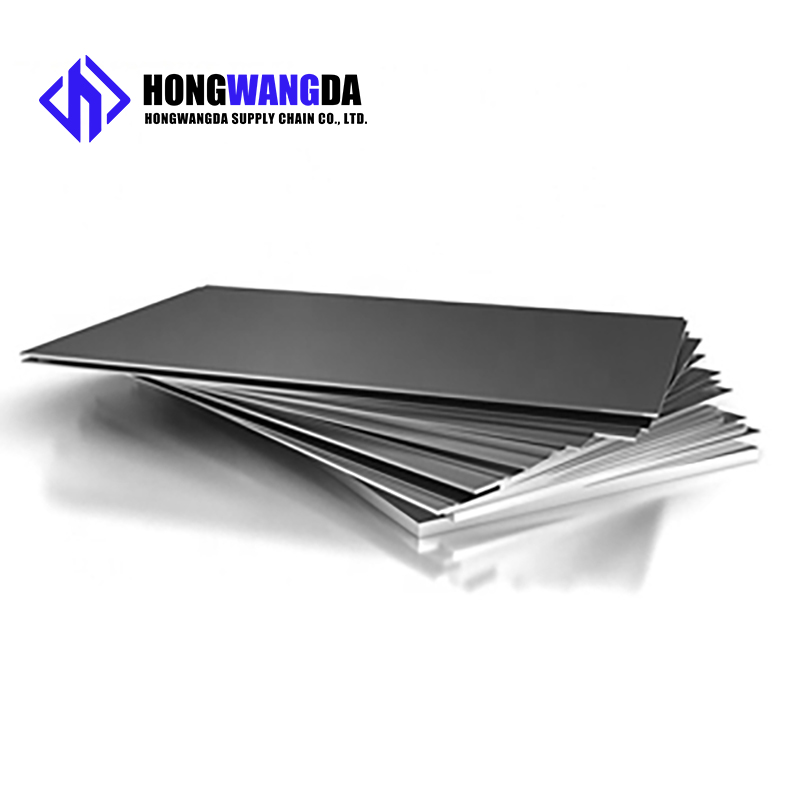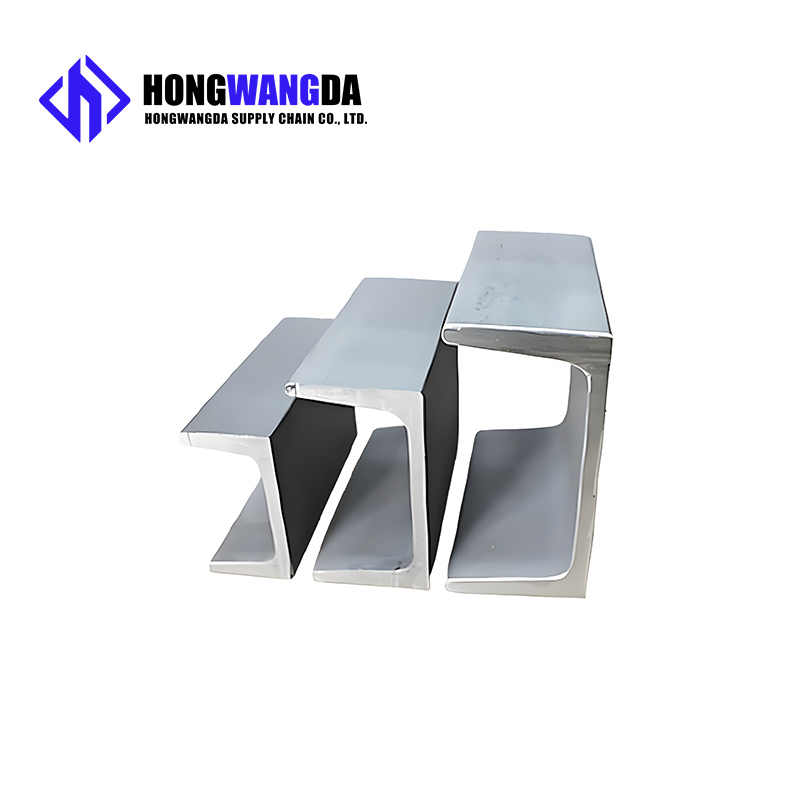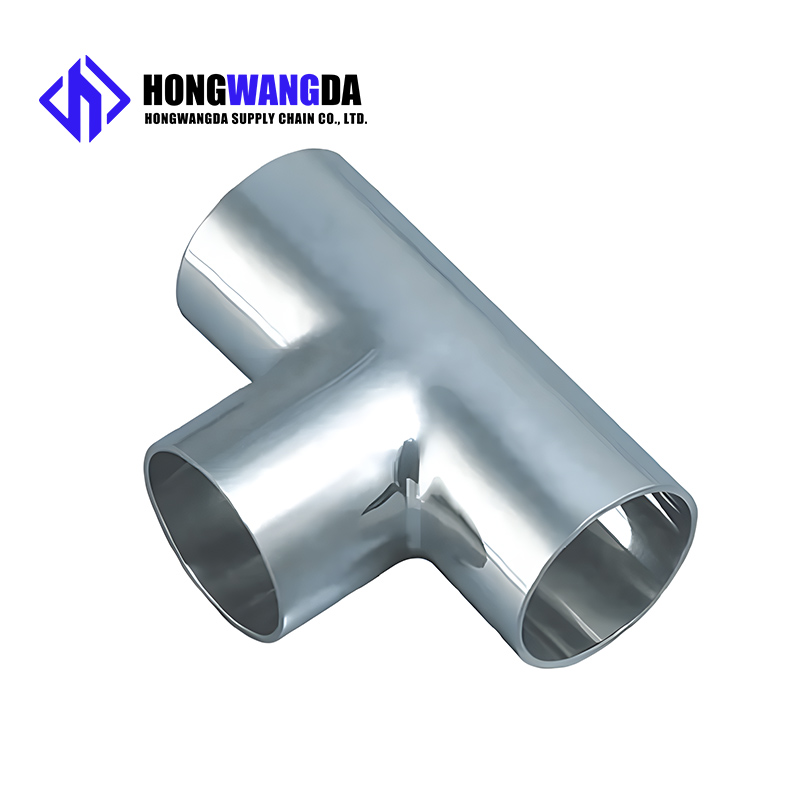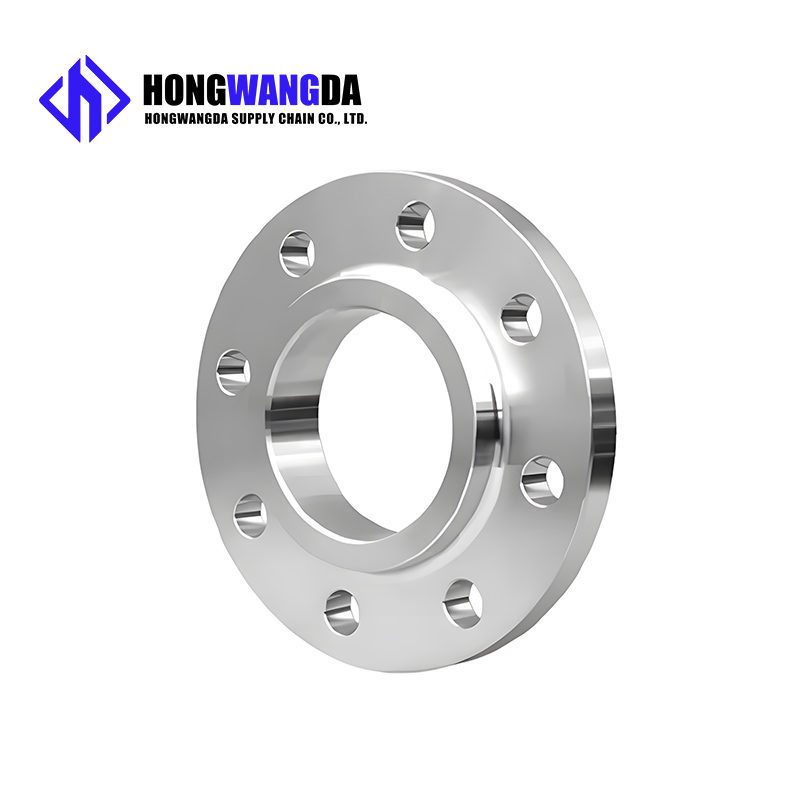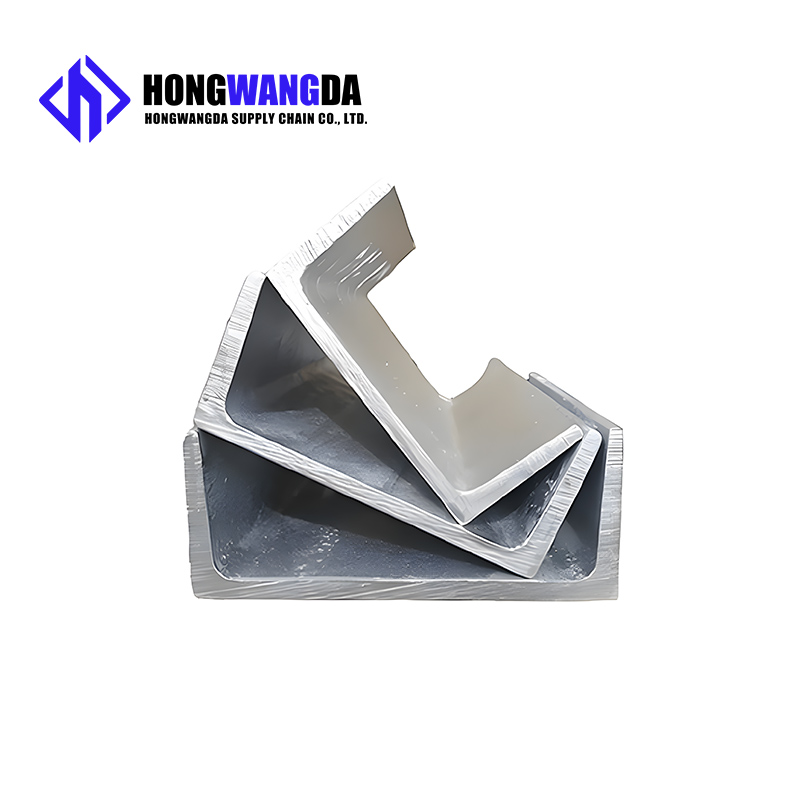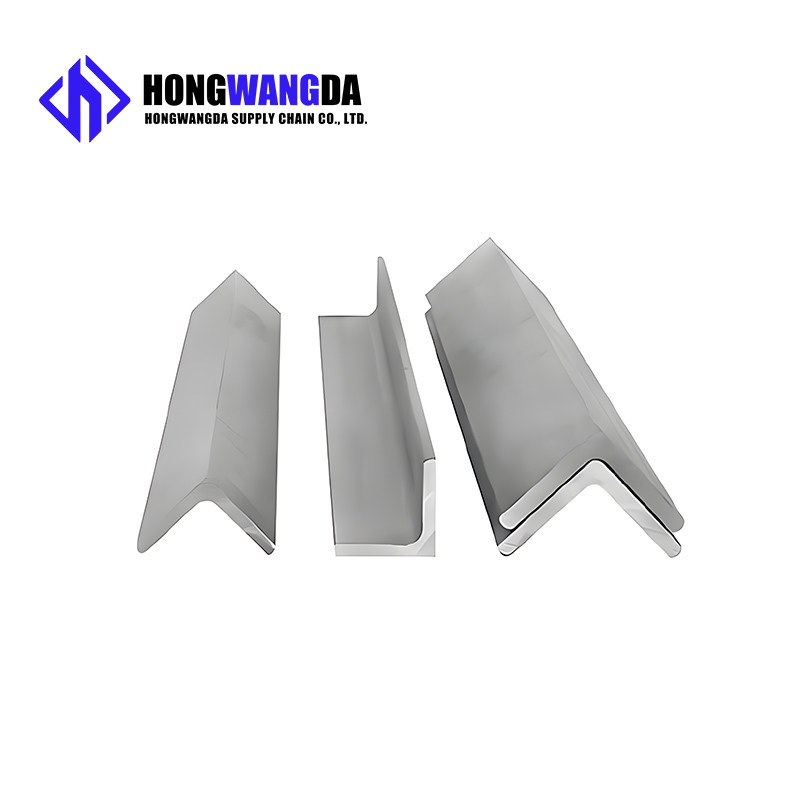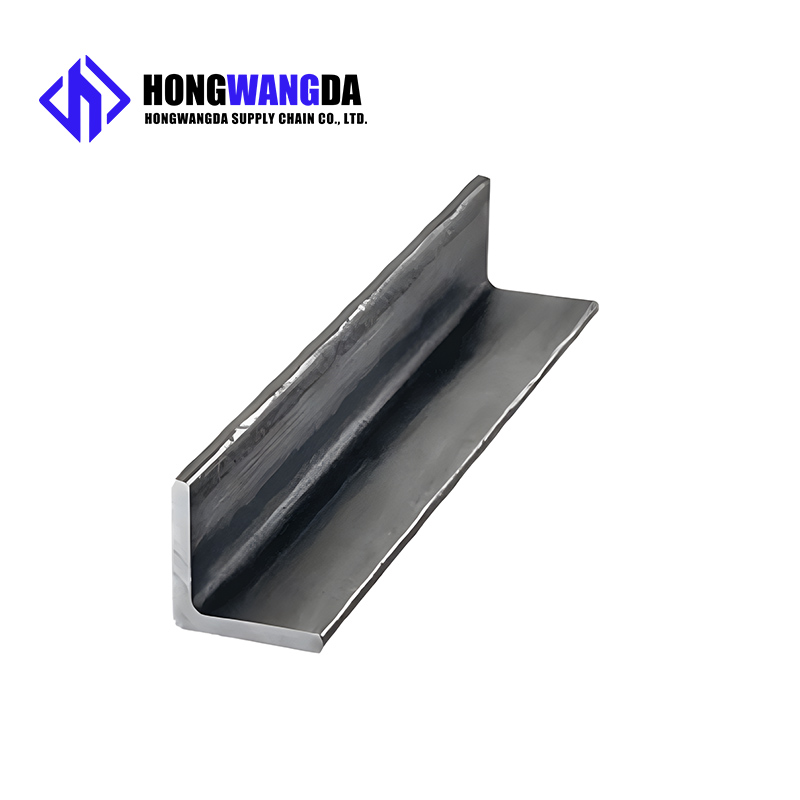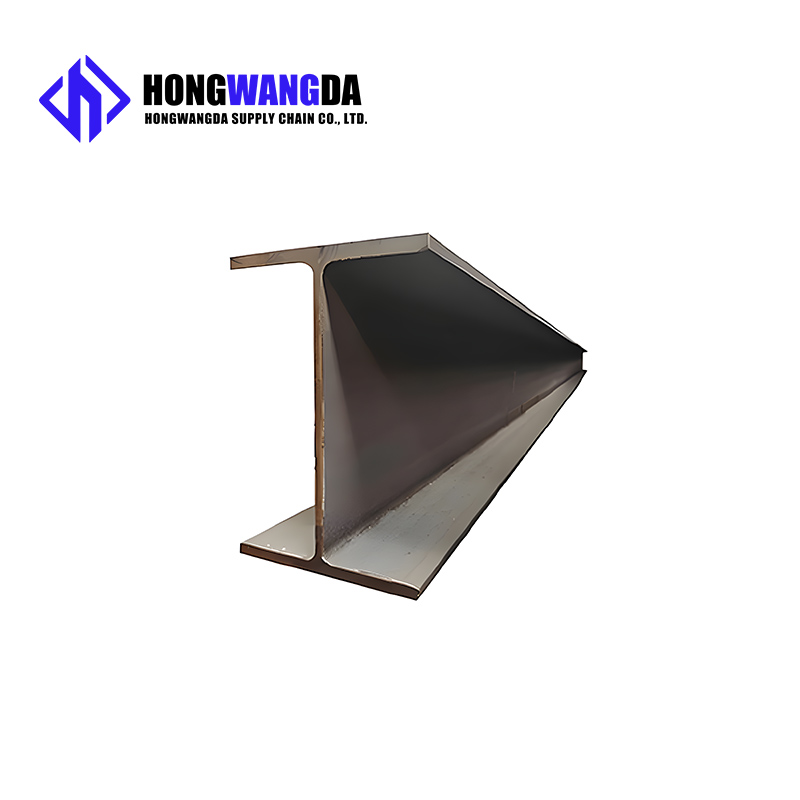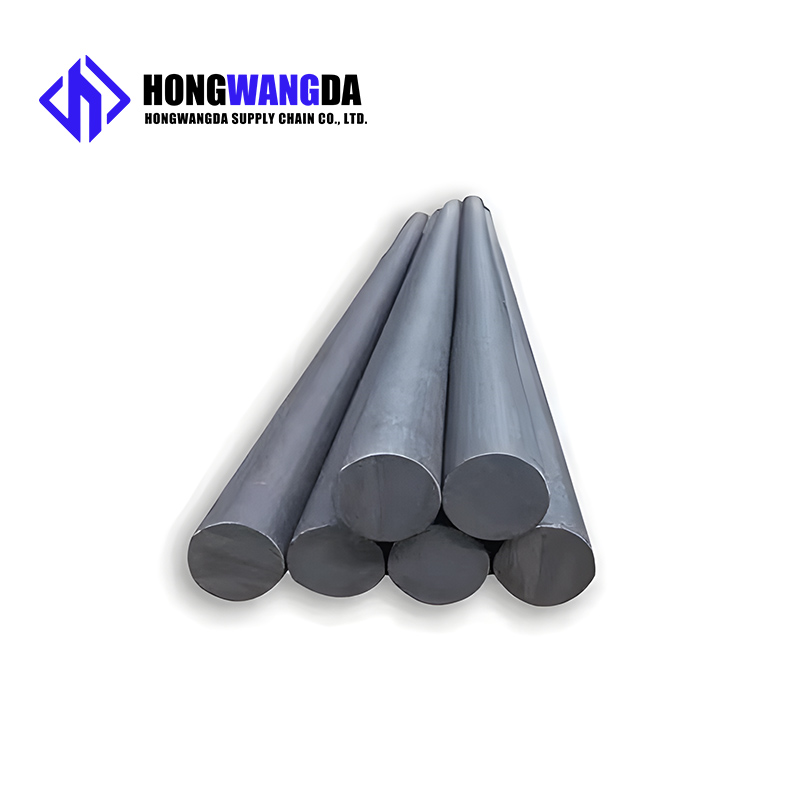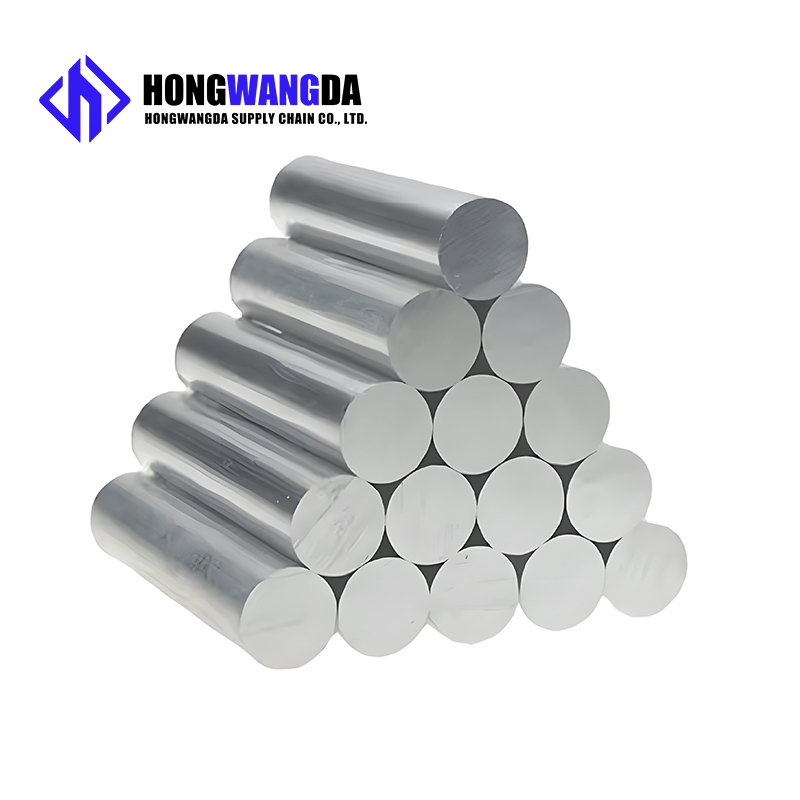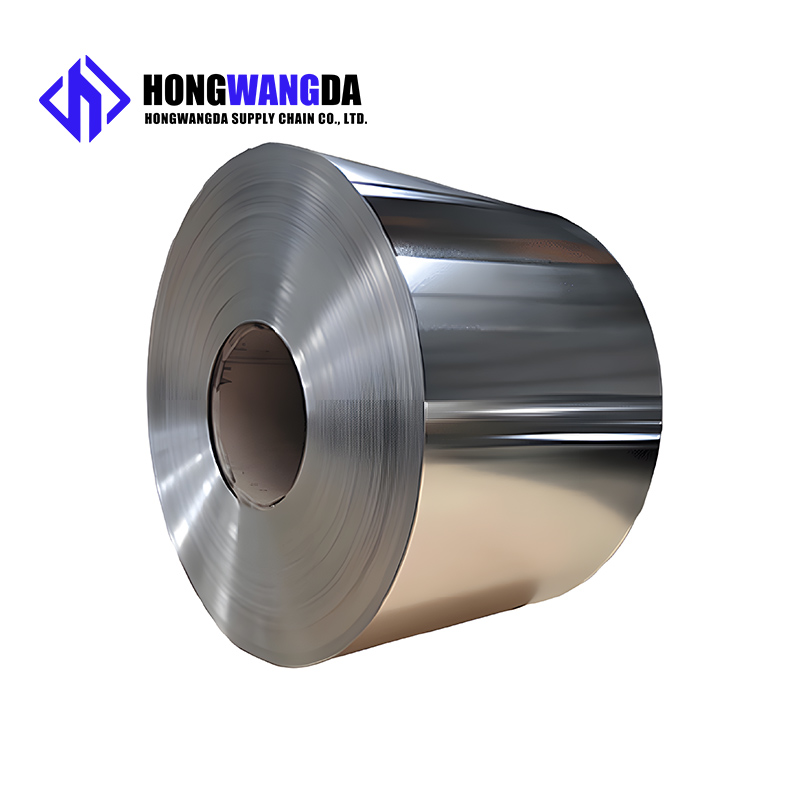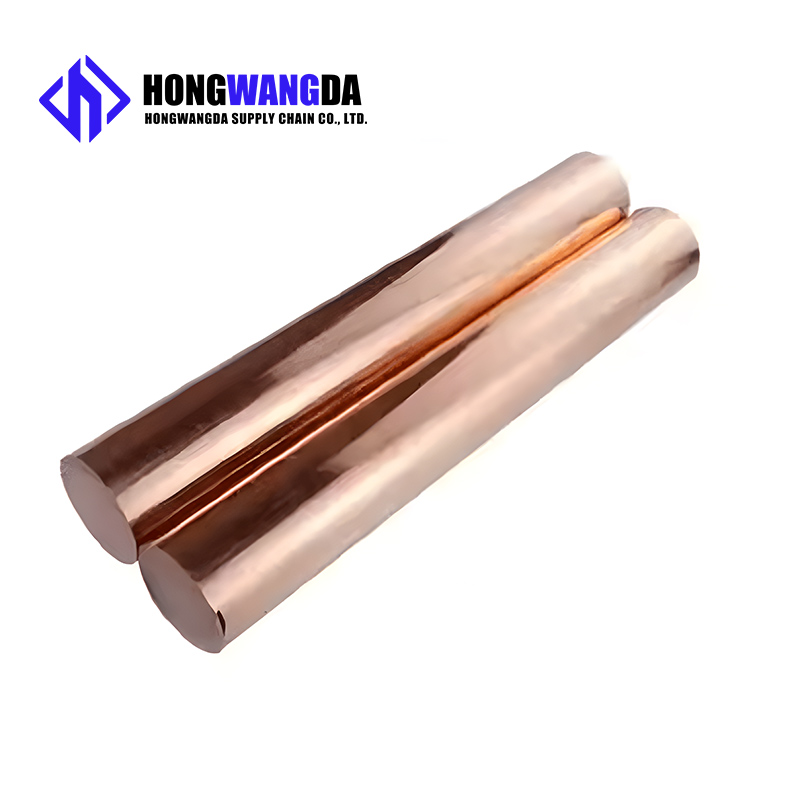◉ PRODUCT SPECIFICATION
1. Standard Designations
UNS: S31603
ASTM: A240/A240M
EURONORM: 1.4404
JIS: SUS 316L
GB/T: 022Cr17Ni12Mo2
2. Chemical Composition (% by weight)
3. Mechanical Properties (at Room Temperature, for Annealed Condition)
(Note: The reduced carbon content results in slightly lower yield and tensile strength compared to standard 316, but greatly enhanced weldability.)
4. Physical Properties (Typical)
Identical to 316.
5. Corrosion Resistance
Chloride Resistance: Excellent. The molybdenum content provides superior resistance to pitting and crevice corrosion in chloride environments, such as seawater and process chemicals.
Intergranular Corrosion: Significantly superior to standard 316 in welded applications. The low carbon content prevents harmful chromium carbide formation in the heat-affected zone (HAZ), making it the preferred choice for fabricated equipment.
General Corrosion: Excellent resistance to a wide range of acids and other corrosive media.
Pitting Resistance Equivalent Number (PREN): ~25-26, same as standard 316, but with the added benefit of weld stability.
6. Available Product Range (Plates)
7. Typical Applications
Chemical Processing: Welded pressure vessels, tanks, and piping for highly corrosive chemicals.
Marine & Offshore: Welded structures and components exposed to seawater.
Pharmaceutical & Biotech: High-purity process systems, reactors, and piping requiring superior corrosion resistance and cleanability.
Pulp & Paper Industry: Bleach plants and chemical recovery systems.
Architectural: Welded structures in highly corrosive coastal or industrial atmospheres.
◉ Surfcae selection
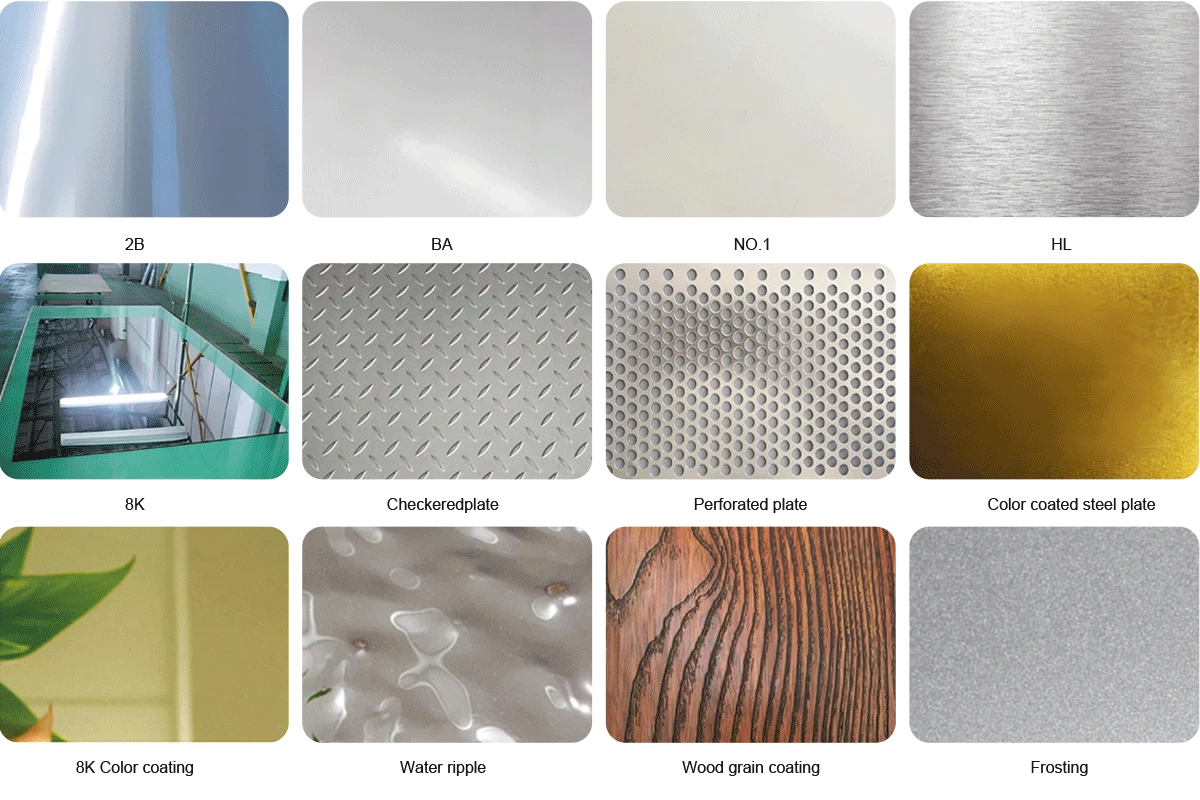
◉ PRODUCTION AND WAREHOUSING
◉ MESSAGE
◉ SIMILAR RECOMMENDED



